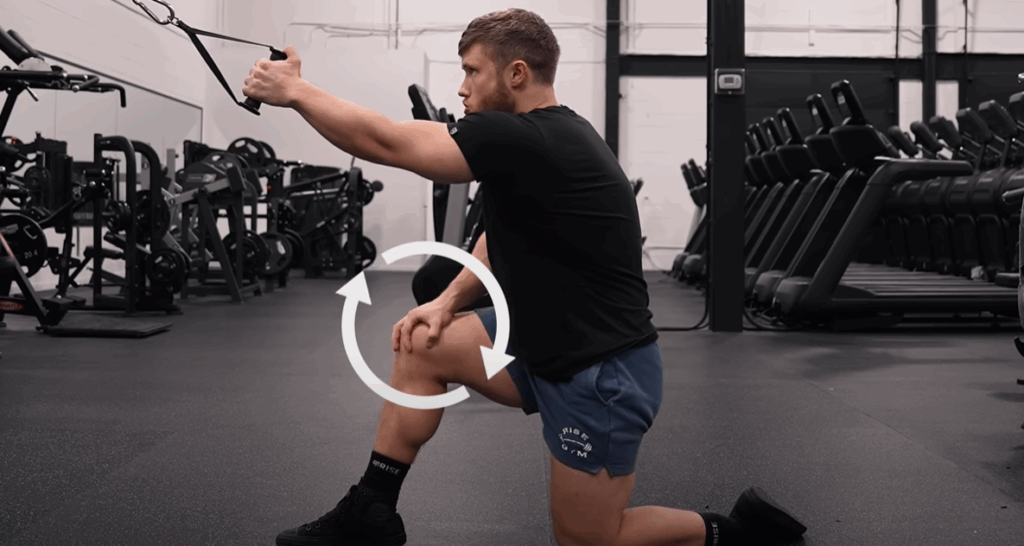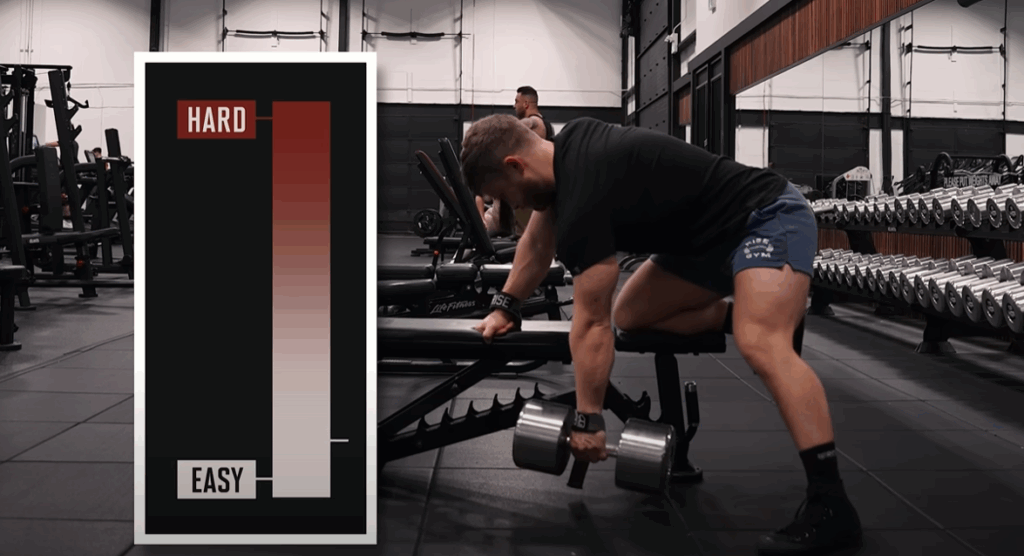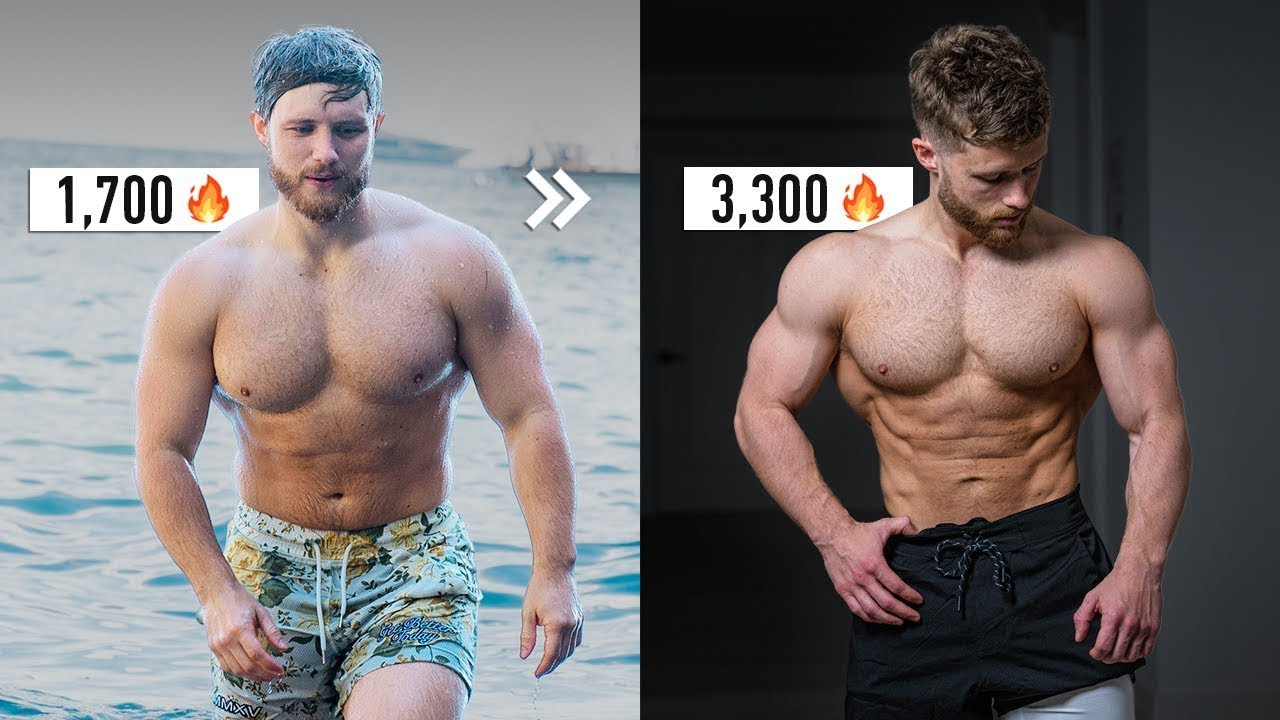The Ultimate Pull Day Workout: Build a Bigger Back and Biceps Naturally
If you’re looking to add serious size and definition to your back and biceps, a well-structured pull workout is essential. This article outlines a full pull day routine that combines functional compound lifts, targeted isolation movements, and evidence-based strategies to maximize hypertrophy. Whether you’re following a classic push/pull/legs split or designing your own routine, these six exercises can be the backbone of your pull day programming.

Start with a Warm-Up to Prime Your Muscles
Before diving into heavy pulling movements, it’s crucial to prepare your body. Begin with 5 minutes of low-impact cardio such as walking on a treadmill or using the stair climber. Follow that up with dynamic shoulder and arm mobility drills to increase blood flow and activate your upper body musculature. This step helps reduce injury risk and enhances muscle engagement during the main lifts.
1. Single-Arm Kneeling Lat Pulldown – 3 sets of 12–15 reps
This variation of the lat pulldown focuses on unilateral control and optimal lat recruitment. Assume a half-kneeling position with your non-working hand supported on your forward knee. This stable base reduces compensation and channels the load directly into the lats.
Ensure the cable aligns with your forearm as you pull. If the line of pull feels off, adjust the cable height or your torso angle. Limit the range of motion once your upper arm reaches the midline; extending beyond this point reduces lat activation due to a mechanical disadvantage.
This movement emphasizes shoulder extension mechanics, while traditional cable lat “pull-ins” focus on shoulder adduction. Some lifters feel better lat engagement pulling downward rather than inward, so it’s worth rotating both variations in your routine to see what suits your anatomy best.
2. Pull-Up – 1 Set to Failure (AMRAP)
Bodyweight pull-ups remain a gold standard for upper body pulling strength and lat development. While many physique athletes prioritize machines, pull-ups provide unmatched functional strength and raw intensity.
In this workout, a single all-out set is programmed to push your muscles to failure. This allows you to maintain quality volume elsewhere in the workout without compromising recovery. Aim to increase your reps week by week. If you’re gaining weight in a bulking phase, just matching previous performance ensures progressive overload. While cutting, strive to increase reps to account for lighter body weight.
Grip the bar about 1.5x shoulder width, lift your chest toward the bar, and drive your elbows down and in. If bodyweight reps are too challenging, use a resistance band or assisted pull-up machine.

3. Kroc Row – 3 sets of 10–12 reps
The Kroc row is a heavy dumbbell row done with controlled momentum. Unlike the strict dumbbell row, this version allows a slight body sway to overload the lats and rhomboids. This technique, popularized by world-class powerlifters, helps you train through sticking points and push closer to muscular failure.
Start in a staggered stance, grab a heavy dumbbell, and pull it towards your hip with explosive intent while keeping your core engaged. A bit of “body English” is okay here, provided you’re in control of the weight, especially during the eccentric (lowering) phase.
Perfect form has its place, especially for beginners. But once foundational technique is established, intelligently applying momentum can help maximize overload and enhance muscle-building potential.
4. Cable Shrugs – 3 sets of 10–12 reps
Unlike barbell shrugs that rely on vertical resistance, cable shrugs allow for a more anatomically favorable line of pull that better aligns with the upper trapezius fibers. These fibers fan out diagonally rather than straight up, so using cables lets you shrug both upward and slightly inward—stimulating more muscle.
Stand between two low pulley stations, grip the handles, and shrug your shoulders up and in, as if trying to touch your traps to your ears while pinching your scapulae. This variation is not only more convenient (no plate loading), but also more effective for building those iconic upper traps.
5. Reverse Pec Deck – 3 sets of 10–12 reps
Rear delts are often neglected and overpowered by larger back muscles during compound pulling. That’s why it’s smart to isolate them with the reverse pec deck. Focus on sweeping your arms out and back—not just straight back—to bias the posterior deltoids over the mid-back.
Try experimenting with hand positions:
- Set 1: Neutral grip (palms facing each other)
- Set 2: Pronated grip (palms down)
- Set 3: Slight internal rotation if comfortable
Research by Schoenfeld et al. (2013) shows that rear delt activation varies significantly between individuals depending on grip orientation. So, rotating grips across sets may provide a more complete stimulus for development.

6. Overhead Cable Curl – 3 sets of 10–12 reps
To finish the workout, we move to a biceps exercise that emphasizes the long head of the muscle—the part responsible for the peak. The overhead cable curl is performed kneeling with your arms lifted out to your sides and slightly overhead, creating a unique angle of tension.
Many lifters overlook this curl variation due to its awkward setup, but it’s highly effective. Holding your arms up stretches the long head of the biceps, placing more stress on it throughout the movement. Studies and anecdotal reports suggest that overhead positioning may better isolate this portion of the biceps than traditional dumbbell curls.
If biceps are a weak point for you, this movement could be the key to unlocking that missing peak. And if you want to double down on arm volume, consider adding an incline curl or cable drag curl to further tax the biceps through a different angle.
Tips for Programming
This pull workout covers all the major movement patterns for the back and arms:
- Vertical pulling (lat pulldown, pull-up)
- Horizontal pulling (Kroc row, reverse pec deck)
- Trap and rhomboid isolation (cable shrugs)
- Biceps-focused work (overhead curls)
You can run this as a standalone pull day or incorporate it into a push/pull/legs split. Rest 60–90 seconds between sets, or longer if lifting near-maximal loads. Rotate some exercises every 4–6 weeks to avoid plateaus and keep training fresh.
Final Thoughts
This routine offers a well-rounded approach to building an impressive posterior chain. By combining smart exercise selection, progressive overload, and a mix of strict and controlled explosive movements, you’ll create a pull workout that not only builds size—but also boosts strength and function.
Remember: The key to long-term gains is consistency, intelligent progression, and recovery. Train smart, push yourself, and results will follow.



